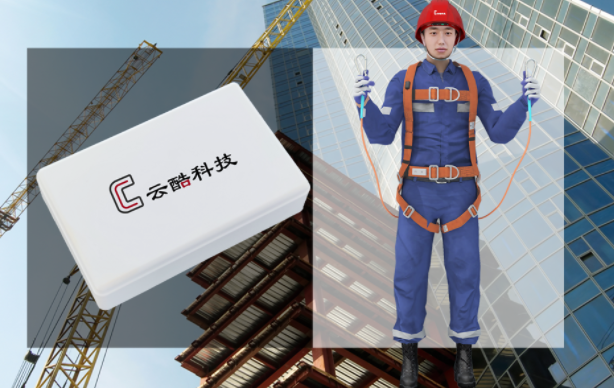- current location:
- Home
- >
- News
- >
- Industry News
-
What Are the Safety Precautions for Working at Height
Any operation carried out more than two meters above the ground is a high-altitude operation. All high-altitude operators, no matter what kind of work, the time and place of operation, whether professional or temporary, should take relevant safety precautions.
Personnel engaged in high-altitude work must undergo physical examination. Anyone suffering from high blood pressure, heart disease, epilepsy, fear of heights and other people who are not adapted to working at heights shall not be allowed to work. Before working at height, you should carefully check the safety equipment, such as safety helmets, safety harnesses, ladders, gangways, scaffolding, etc., if there is no compliance with the requirements should be immediately improved or prohibited to high-altitude operations.

Work at heights should be carried out in a certain sequence and process, ensuring that each step meets the safety requirements and avoiding cross-work and reverse order.
Complete protective facilities, such as railings, fences, warning signs, etc. should be set up at the high-altitude work site to ensure the safety of the operation.
High-altitude workers must comply with the relevant safety regulations, such as wearing safety harnesses, no throwing objects, etc.
High-altitude workers should wear the required work clothing and shoes, avoid wearing shoes with nails or hard soled shoes, and should wear full protection devices, such as safety harnesses and helmets.
Emergency handling equipment and tools should be prepared at the aerial work site, and emergency handling plans should be formulated to take effective measures timely in an emergency.
There should be professional monitoring and command personnel at the high-altitude work site to monitor the whole operation process, anticipate possible dangers and problems, and take timely countermeasures. At the same time, according to the operation process, the safety instructions are issued to guide the operators to carry out the operation.
Previous What Is the "Seven Prohibitions" of Confined Space Operation
Next The Main Difference Between Smart Safety Harness and Traditional One
more about [safety,harness,smart,device,smart,safety,harness,high,altitude,]:
• How to monitor the use of safety harnesses for personnel working at heights?
• Safety Protection and Emergency Rescue for Confined Space Operations
• Revolutionizing Fall Protection: The Transformative Power of Intelligent Safety Harnesses
• Factors affecting the use of smart safety harnesses
• Yunku Tech's Confined Space Monitoring Equipment: Intelligent Solutions to Guard Operational Safety and Efficiency

